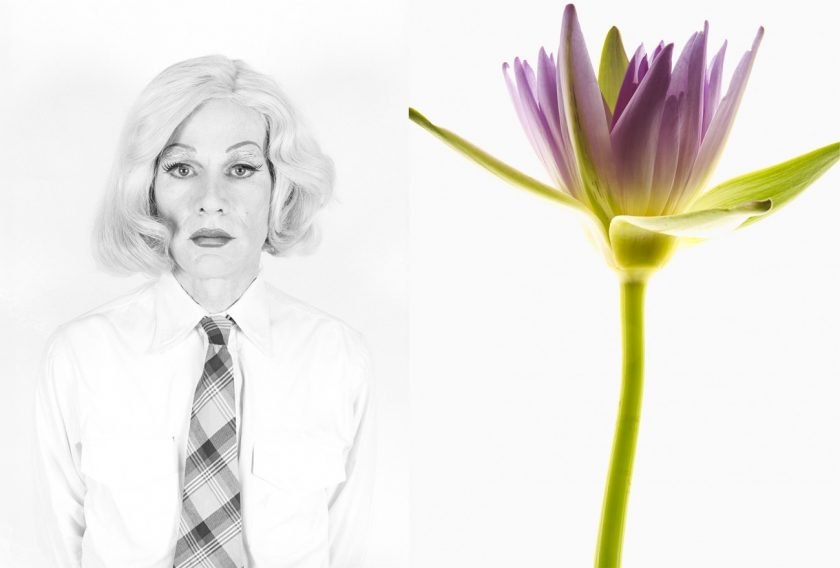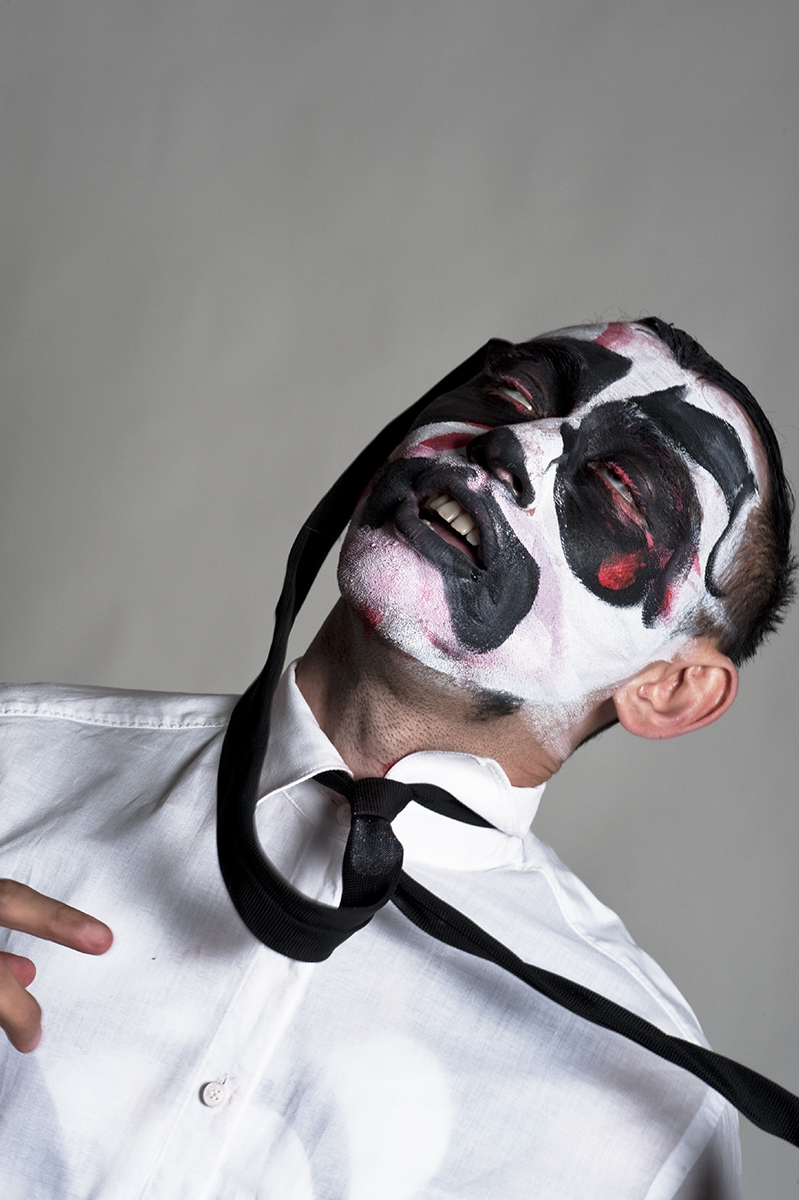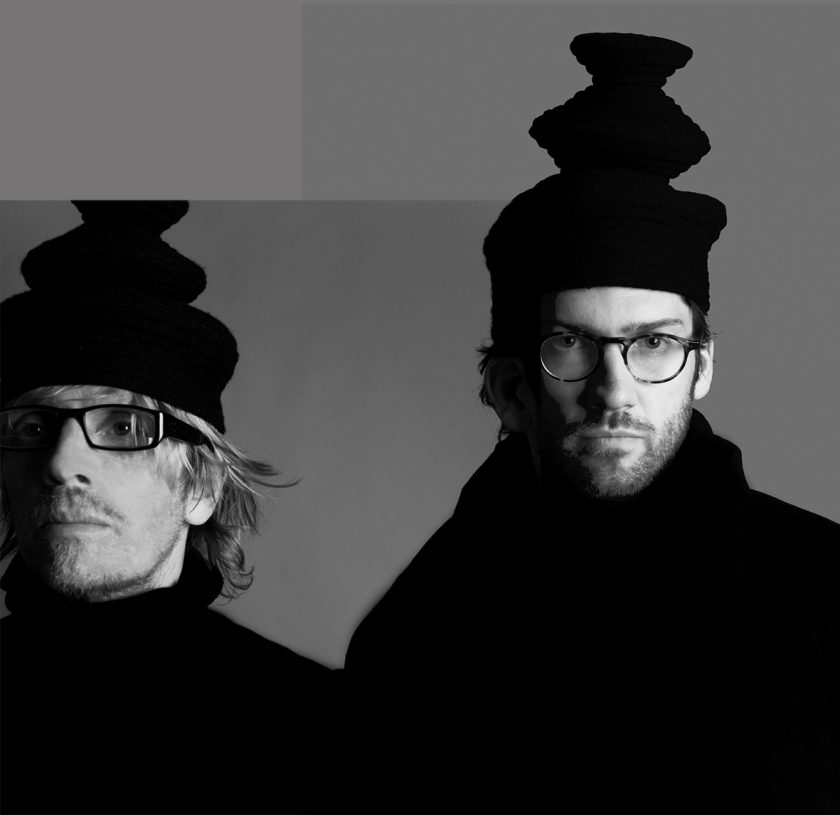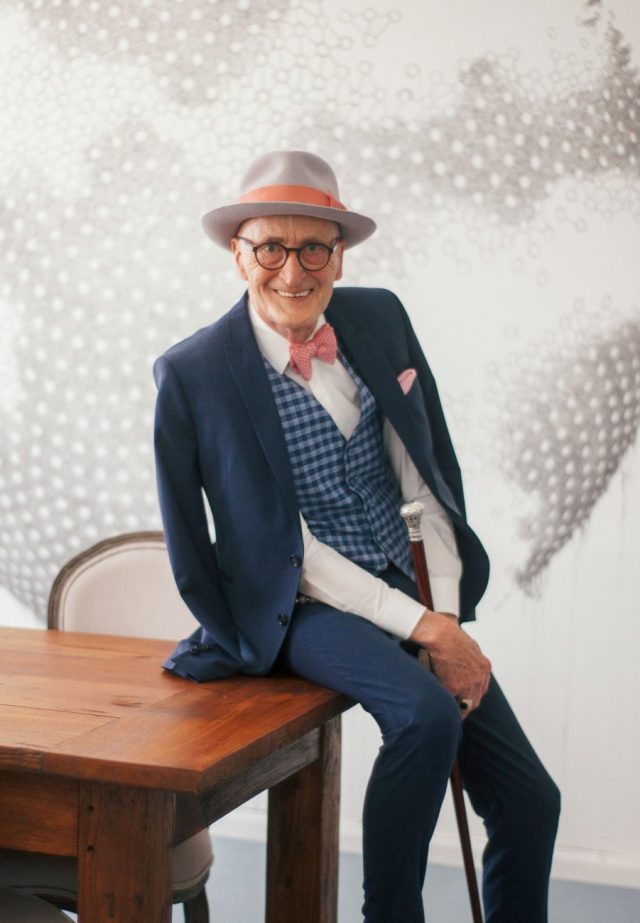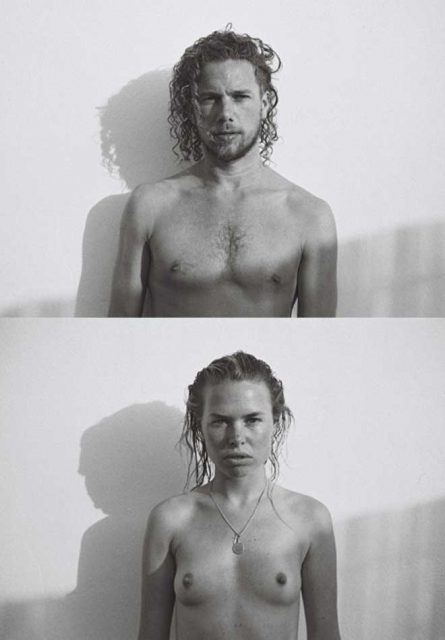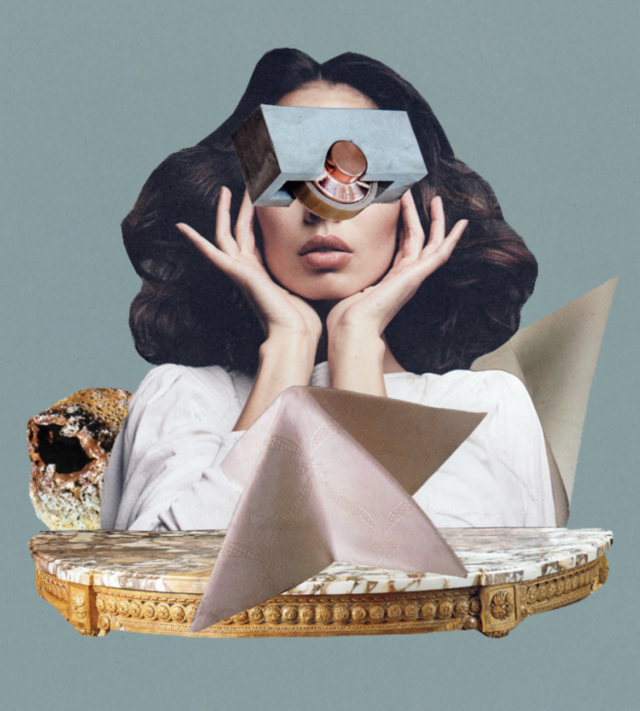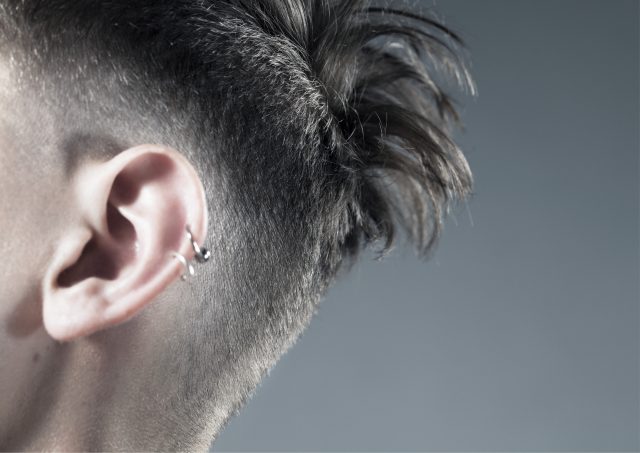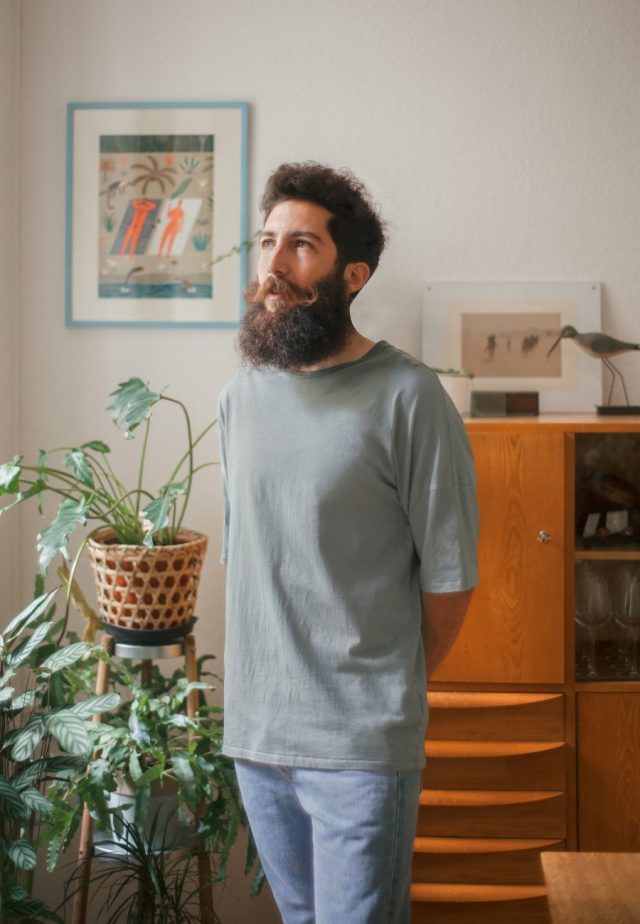On Tuesday night, Sleek Magazine hosted an entertaining talk with the New York based photography duo, Christopher Makos and Paul Solberg, also known as the Hilton Brothers. The event marked both the onset of “New York Stories”, an exhibition featuring seven favorites from the artists’ archive, and the beginning of SLEEK Talks, the magazine’s new event series. The exhibition is open to the public at the Astoria Hotel from the 1st to the 7th of September.
Famous for their iconic portraits of New York’s “it” crowd, the Hilton Brothers represent a generation of photographers who achieved success at a time when the distinction between photographers and “non-photographers” was unquestioned. Instead, today nearly everyone secretly thinks of himself capable of taking a good photo and appearing in one. Looking at the work of the Hilton Brothers, we wonder to what extent this shift in the traditional photographer-subject relationship has affected the ability of a portrait to convey a story.
Œ Magazine: Do you think that the stories told by portrait photography nowadays are as powerful as they used to be? Or has the increasing digitalization of the photographic process, along with the democratization of photography at large, made it harder to capture that “unexpected something” in a person?
Hilton Brothers: Well, now that most people are familiar with photography on some level, constantly surrounded by images and investing so much time in visually narrating their lives on Instagram, it is a whole new challenge, that’s for sure! Capturing something really worth looking at is not what it used to be. It’s quite wild… We just recently discovered the deepness of these platforms, where people curate their image and lifestyle in this high arch way. It’s fascinating when you find out you’re looking at the “fabulous” life of some 15-year-old kid in Iowa… There is a different awareness, a kind of hyper-awareness, in culture and lifestyle.
Also, coming from analog photography, the spontaneity of the digital era is truly amusing. Not to mention the immediacy … You can photograph the smallest thing that captures your eye on the street, and see the result within few hours. Going from an abstract vision to a palpable result has never been this easy. So, as a photographer, I think it’s important to stay curious and see where this goes.
ΠMagazine: This hyper-awareness, does it affect the way people stand in front of the camera?
Hilton Brothers: Absolutely! We talk about this all the time. When we were shooting people in the 70s and 80s, they weren’t so self-involved. Today, the minute you put a phone or camera in front of a “regular” person, he or she will strike a pose.
Œ Magazine: How does one bypass this “facade” and capture the more authentic side of a person?
Hilton Brothers: For example by shooting in a studio—a controlled space where you can dictate the rules. When a subject is standing in our territory, it’s easier to connect with it, but also to direct it. Of course, a big part of the job is making sure the person in front of the camera feels as comfortable as possible and preventing it from closing down physically, or striking that one “Instagram pose” over and over…
ΠMagazine: One piece of advice for aspiring photographers these days?
Hilton Brothers: Just keep your eyes wide open! And don’t try to resist the change, or you will be left behind.
